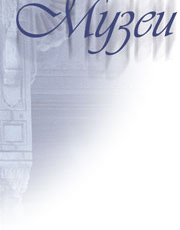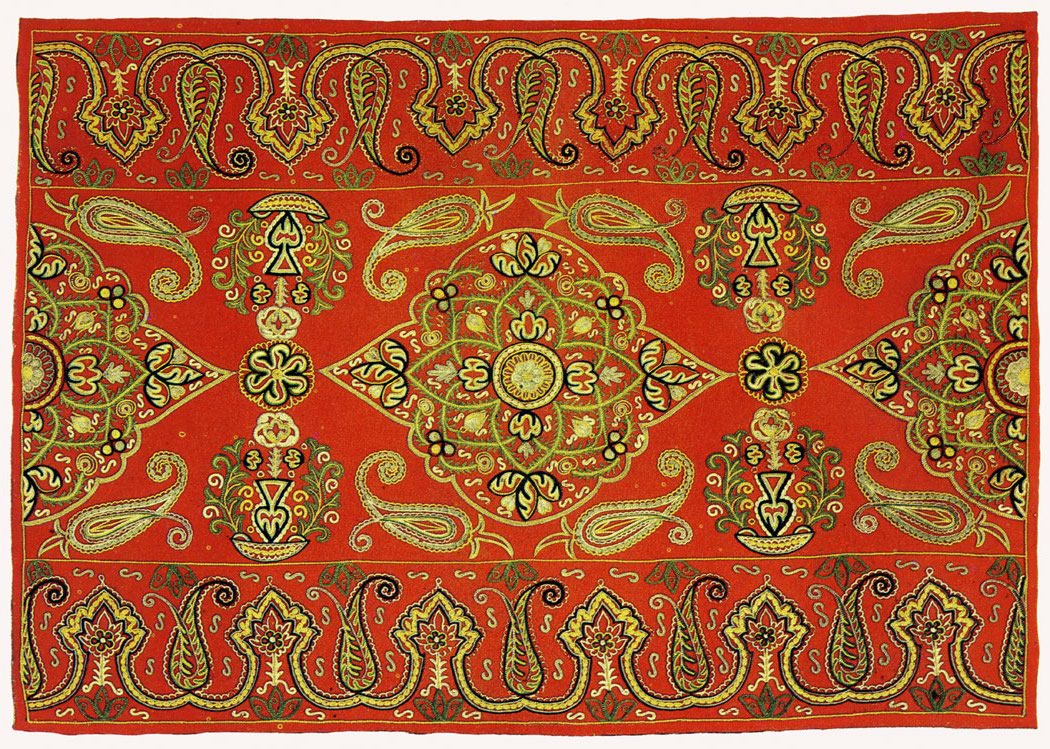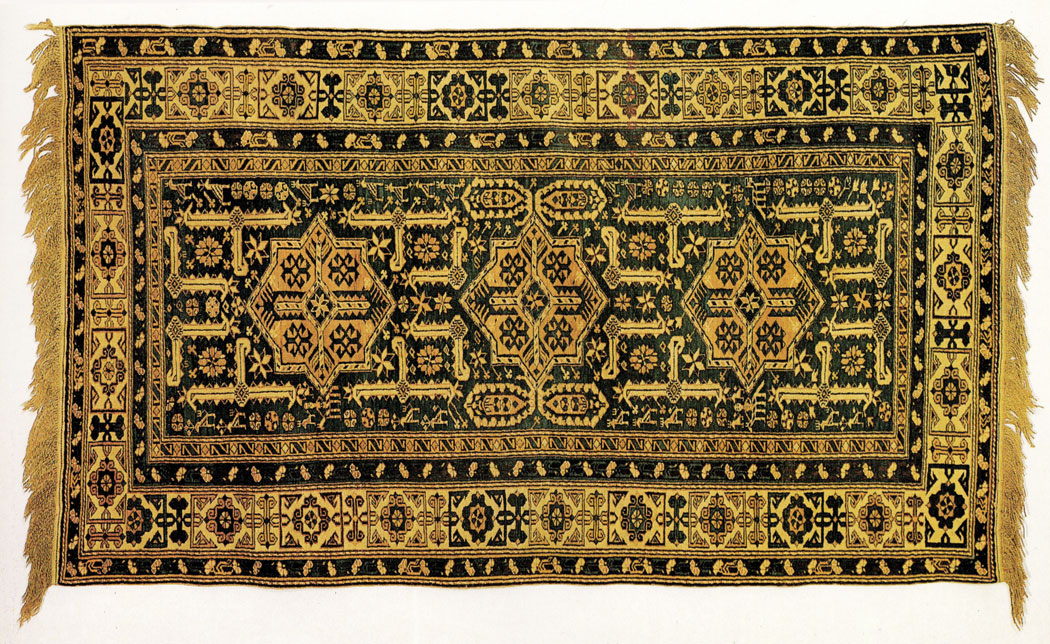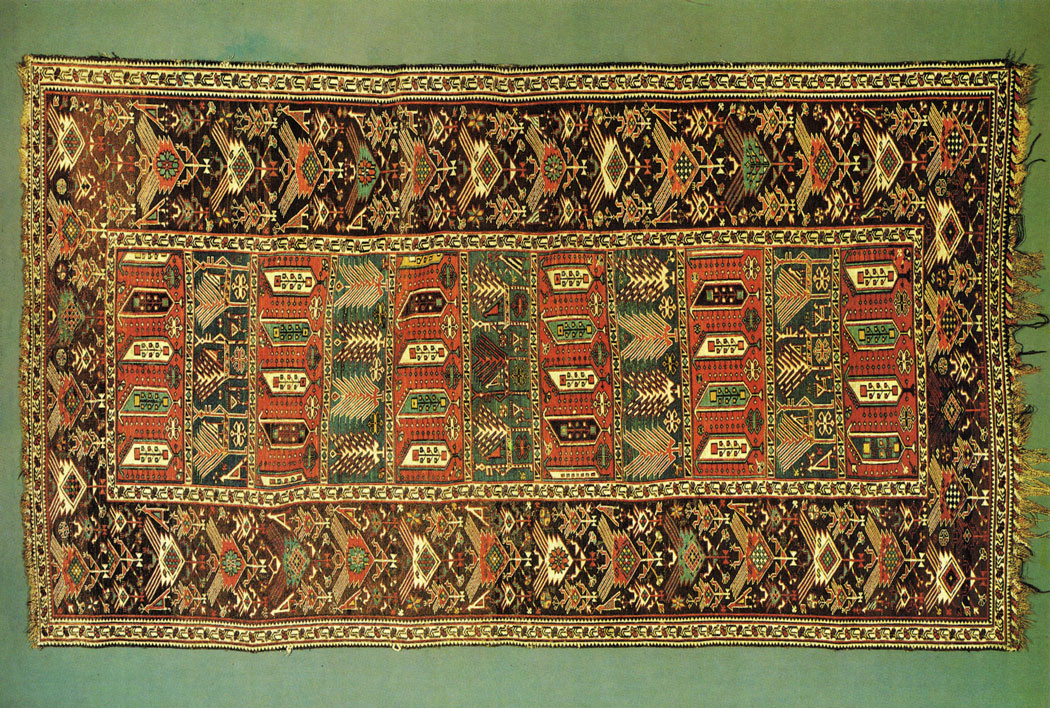
Azerbaijan
Still Life with a Girl
By Togrul Narimanbekov (born 1930). Azerbaijan. 1968
Oil on canvas.
183 × 172 cm. Inv. No. 5574 III
Received in 1969 from the Board of Art Exhibitions and Panoramas attached to the USSR Ministry of Culture, Moscow.
A People's Artist of Azerbaijan, Narimanbekov was born in Baku. He studied at the Azimzade Art School in Baku (1945-50) and the Art Institute in Vilnius (1950-55). He lives and works in Baku. Narimanbekov belongs to the generation of artists who began their career in the 1960s and whose common distinctive feature is their fresh and emotional perception of life and their ability to capture and convey on canvas the quintessence of their emotional and visual experience.
The genre of the large painting reproduced here is difficult to define, but the mood created by it is unambiguous-it breathes exhilaration, tenderness and the joy of a father enchanted by his little daughter.
Oil-industry Worker
By Tahir Salakhov (born 1928). Azerbaijan. 1959
Oil on canvas.
80 × 88 cm. Inv. No. 4714 III
Received in 1960 from the Board of Art Exhibitions and Panoramas attached to the USSR Ministry of Culture, Moscow.
A People's Artist of the USSR, State Prize Winner, Tahir Salakhov was born in Baku. He studied at the Azimzade Art School in Baku (1945-50), at the Mukhina School of Art and Industry in Leningrad (1950-51) and the Surikov Art Institute in Moscow (1951 -57). He lives and works in Baku and Moscow.
Salakhov is a typical representative of the contemporary Azerbaijani school of painting. His creative manner was formed in the 1960s. His art, like that of many of his contemporaries, tends to be monumental; his characters are endowed with an aura of heroism. Among his paintings are many large-scale compositions on mythological and folklore subjects. His pictures are distinguished by their laconic compositional organization, their unexpected and expressive foreshortenings, and a reserved, almost monochrome palette. The portrait of a stern-looking and manly worker in this painting is treated in a lofty romantic key, with vigour and dramatic intensity.
Antelope Hunt
By Alekper Rzakuliyev (1904-1974). Azerbaijan. 1970
Linocut.
49 × 164cm. Inv. No. 24212 КП
Received in 1973 from the Board of Art Exhibitions and Panoramas attached to the USSR Ministry of Culture, Moscow. First publication.
An Honoured Artist of Azerbaijan, Rzakuliyev was born in Baku. He trained there under M. Gerasimov (1919-20) and attended the High School of Art (1923-24). Later he studied at the easel-painting department of the Higher Technical Institute in Moscow (1925-28) and was a pupil of A. Drevin, N. Udaltsova, S. Gerasimov and D.Sterenberg. From 1936 to 1937 Rzakuliyev was a stage designer at the State Theatre in Kirovabad. He lived and worked in Baku.
Graphic art in Azerbaijan, in contrast with other forms of fine arts, may be regarded as traditional, for it takes its origin from medieval miniature painting. Rzakuliyev represents the first generation of Soviet Azerbaijani graphic artists. The main themes of his works are old Baku and the everyday life of the people. He produced a series of interesting prints which come alive with an unmistakable national colour and irresistible humour.
Fish-nets
By Rasim Babayev (born 1927). Azerbaijan. 1964
Linocut.
50 × 64cm. lnv. No. 4874 III
Received in 1965 from the Board of Art Exhibitions and Panoramas attached to the USSR Ministry of Culture, Moscow.
An Honoured Artist of Azerbaijan, Rasim Babayev was born in Baku and studied at the Azimzade Art School in Baku (1944-49) and the Surikov Art Institute in Moscow (1949-55). He lives and works in Baku.
Landscape is the artist's favourite genre. His views possess a sharp expressiveness of rhythm and colour, while his linocuts display a high level of graphic culture.

Front side of a pillow-case
Nukha, Azerbaijan. Late 19th or early 20th century
Broadcloth, with chain-stitch embroidery in silk.
65 × 45 cm. Inv. No. 1040 III
Received in 1934 from the Local Lore Museum, Yalta. First publication.
In the 18th century, Nukha was a large political and cultural centre of the Shekin khanate, and during the 19th and early 20th centuries it was also the residence of the khans. It was at this time that architecture, fine and decorative arts in Nukha reached their acme. The city was renowned for its murals, majolica, carving, etc. But its greatest glory has always been hand-embroidery on red and black broadcloth in fine chain-stitch-one of the oldest kinds of decorative stitch which was common to all Turkic peoples.
Embroideries from Nukha are vividly coloured; their decor is based on stylized floral and zoomorphic motifs similar to those found in Middle Eastern art. The most recurrent type of ornamental composition is that with a single or several medallions in the centre. The principal elements of the decor are accompanied with a wide range of various plant motifs, the key-motif among them being almond-nut (bodom).

Carpet
Azerbaijan. 1880s
Pile-woven wool.
212 × 123 cm. Inv. No. 1025 III
Acquired in 1919. First publication.
Carpet-making in Azerbaijan has long and well-established traditions. Its antiquity is proved by unique carpets possessed by museums in many countries. Carpets and felt articles were a protection against cold and decorated the interior. They were made of sheep wool dyed in local mineral and vegetable pigments.
The major types of Azerbaijani carpets, commonly referred to by the names of the corresponding local carpet-producing centres, had established themselves by the 18th century. The decor and colouring of these carpets were determined by time-honoured traditions preserved in each of these centres. Carpets of the Kuba-Shirvan group, illustrated by the carpet reproduced here, have short pile and are very densely woven. In their artistic qualities they surpass other Caucasian carpets. This carpet is remarkable for its exquisite ornamentation. The principal motif of the central field-a large octagonal rosette-is combined with small-scale stylized representations of flowers and animals. The border is decorated with the traditional arabesque motif. The colouring is both bright and refined.

Carpet
Baku, Azerbaijan. 19th century
Flat-woven wool (sileh).
118 × 205 cm. Inv. No. 8217 III
Acquired in 1970 from a private collection.
Pileless weaving is an art no less interesting or ancient than traditional pile weaving. The technique displayed by flat-woven carpets from Azerbaijan and their aesthetic merits testify to the existence of an old tradition of pileless weaving in the Caucasus. Such carpets were traditionally executed in white, red and blue and decorated with geometrically stylized zoomorphic motifs of ancient origin.
|
ПОИСК:
|
© MUSEUMS.ARTYX.RU, 2001-2021
При использовании материалов сайта активная ссылка обязательна:
http://museums.artyx.ru/ 'Музеи мира'
При использовании материалов сайта активная ссылка обязательна:
http://museums.artyx.ru/ 'Музеи мира'